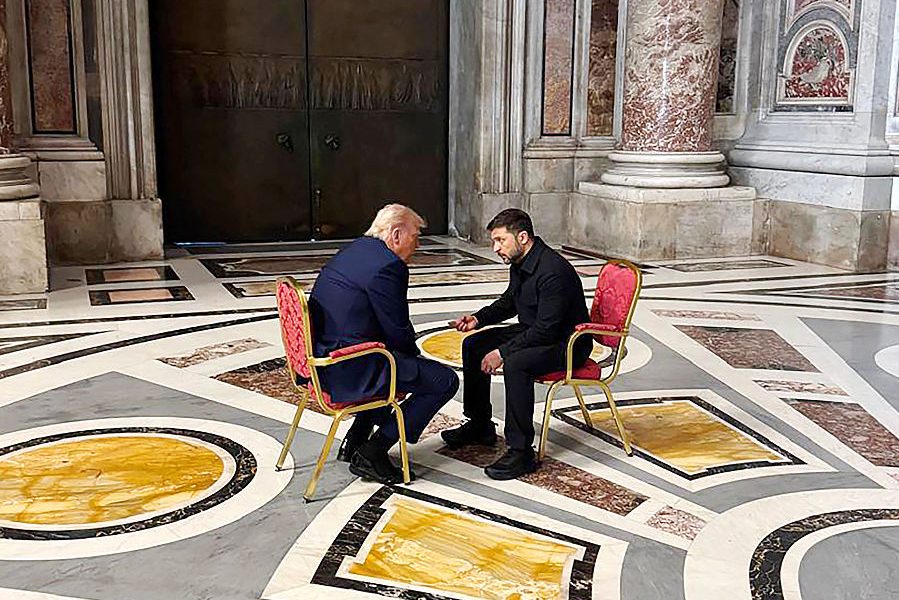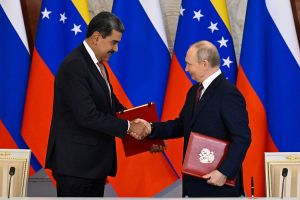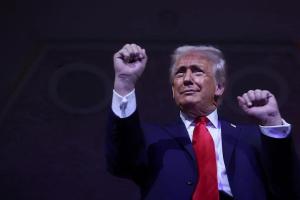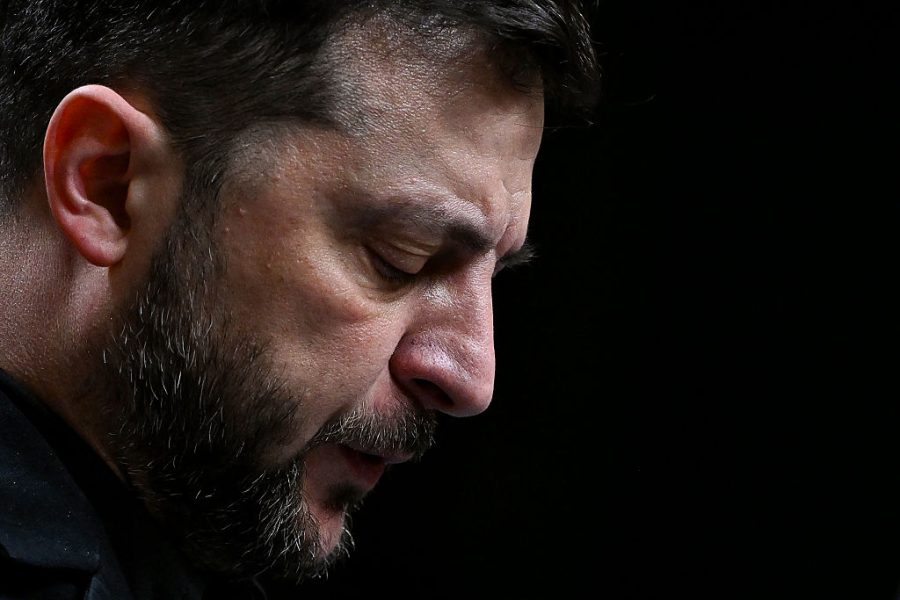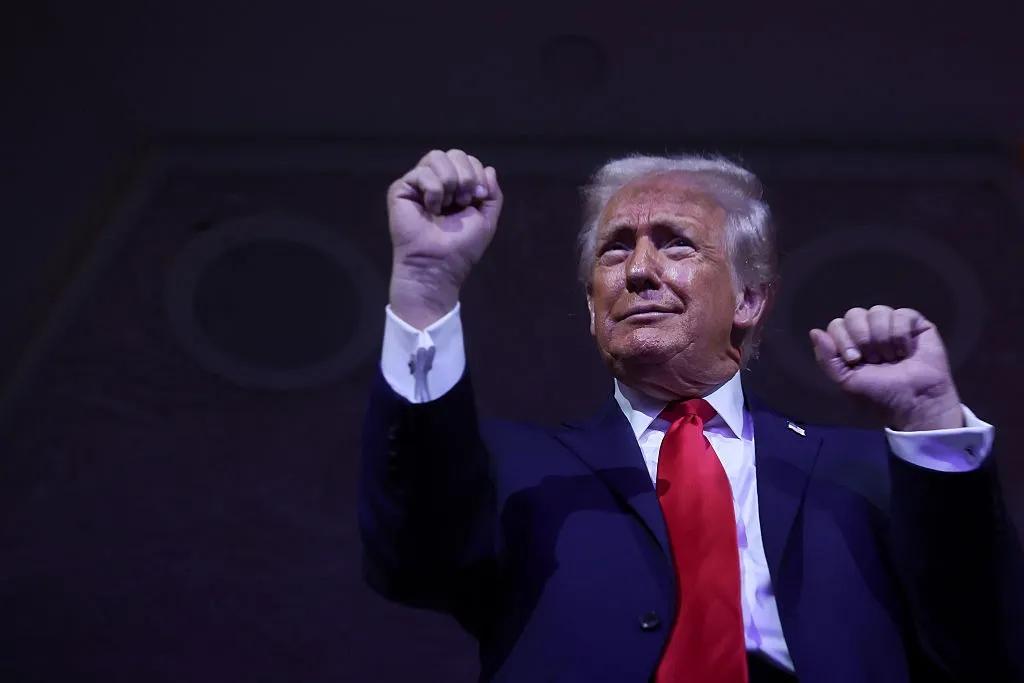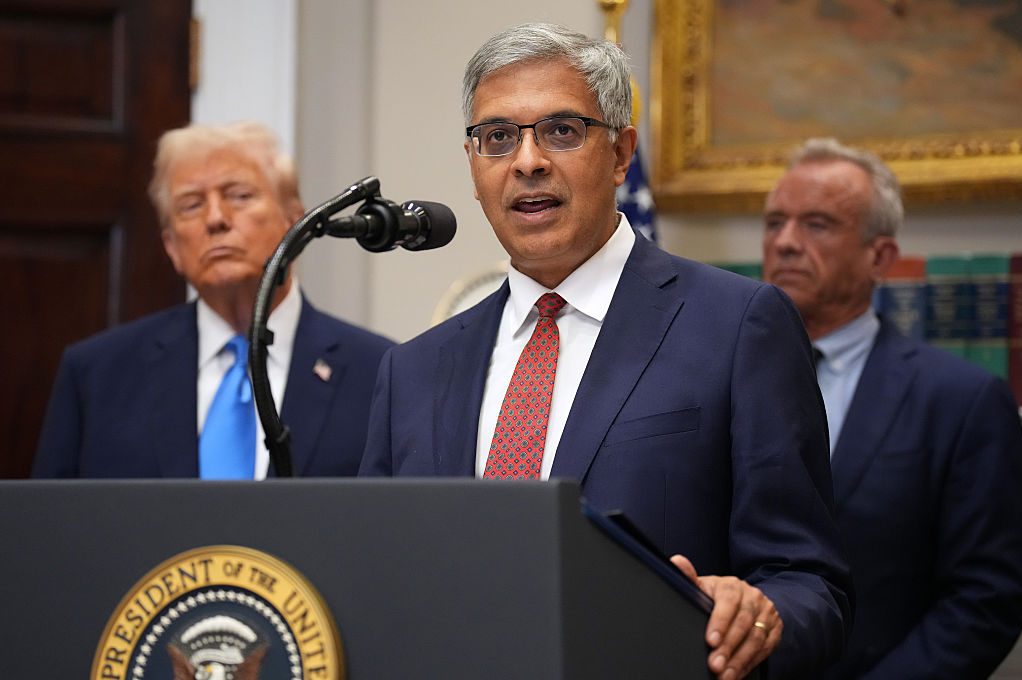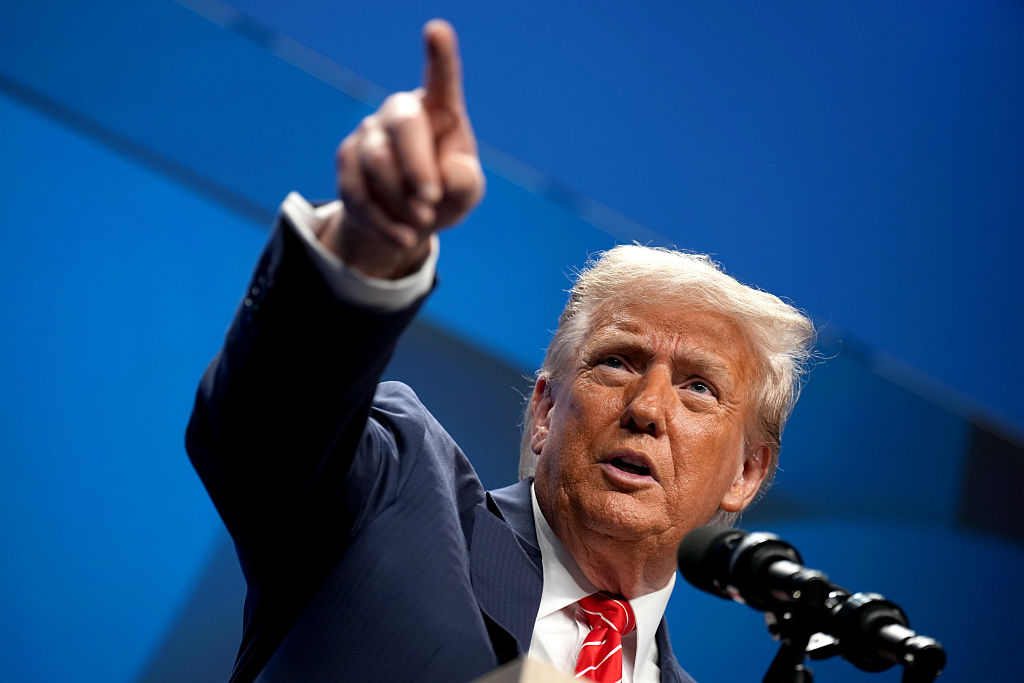Overnight, Ukraine and the US finally signed a deal on Ukraine’s mineral reserves. The agreement, signed two months later than planned, sees the two countries set up what they have called the “United States-Ukraine Reconstructions Investment Fund,” the aim of which will be to attract “global investment” into Ukraine following the end of the war with Russia. Until the last minute, it was unclear whether Ukraine would indeed sign on the dotted line, with sounds coming from Washington late last night that chances of the agreement being locked in over the coming day standing at “little better than 50-50.”
While details of the fund have yet to be revealed, it is believed to center around an agreement that Kyiv and Washington would split any proceeds from Ukraine’s mineral extraction evenly. According to the Ukrainian economy minister Yulia Svyrydenko, who flew to Washington to sign the deal on Kyiv’s behalf, under the agreement Ukraine still retains control and ownership of its natural resources. The Ukrainian government, she said, would be the ones to decide “where and what to extract.” Profits generated by the fund would also be reinvested in Ukraine.
Notably, there is no indication that the deal provides Ukraine with any explicit American security guarantees against future Russian aggression – something Ukrainian President Volodymyr Zelensky had long been asking for. But while refusing to pledge official Nato Article 5-style guarantees for the country, Trump has multiple times stated that this deal will effectively de facto serve the same purpose. Vladimir Putin, his logic goes, wouldn’t dare risk striking the thousands of Americans who’d be working in Ukraine as a result of the agreement following any ceasefire.
This deal has been at least eight months in the making. An offer on Ukraine’s rare earth resources was first proposed to Trump by Zelensky himself ahead of last November’s presidential election, under the shrewd assumption that a financial interest in the country would be the most effective way to keep the American president invested in Ukraine’s fate in the conflict.
It was originally meant to be signed in February, but was derailed by the now-infamous shouting match that erupted between Trump, Zelensky and J.D. Vance in the Oval Office. The Ukrainian president was reportedly then unceremoniously kicked out of the White House early and the press conference organized to mark the deal’s signing cancelled.
Zelensky had rejected earlier forms of the deal due to demands that America would use the fund to claw back double the value of whatever future aid was granted to Ukraine. “I am not signing something that ten generations of Ukrainians will have to repay,” he said at the time. The Ukrainian President’s comments had outraged Trump and his top team, leading Vance to demand – in front of the world’s cameras – whether or not Zelensky had ever said “thank you” for the help provided by the US in the conflict.
Trump and Zelensky’s first face-to-face meeting after this incident came just last Saturday at the funeral of Pope Francis in Rome. A considerably more muted affair, the two were pictured sat huddled yards from the late pontiff’s coffin. It is here that the pair appear to have got the agreement back on track.
The minerals deal will be especially welcomed in Kyiv due to the fact that since coming to office, Trump has not signed off on any fresh packages of aid for Ukraine. He and his top officials have also increasingly aligned their rhetoric regarding the war with that coming from Moscow. Over the past few months, Trump has falsely accused Zelensky of being a “dictator” and blamed him for starting the conflict. At one point earlier this year, Russian President Vladimir Putin even offered Trump his own version of a Ukrainian minerals deal, offering to carve up the resources in territories annexed by Moscow. An agreement such as the one signed last night, then, comes as a relief and a hopeful sign that relations between Kyiv and Washington may allow for more constructive collaboration on a ceasefire agreement that is more beneficial to Ukraine.
In the short term, of course, this deal has little effect on Ukraine, in so much that the agreement will only kick in after the fighting with Russia stops. Earlier this week, Trump indicated he’s willing to give Russia and Ukraine another two weeks or so to come to the negotiating table to discuss a permanent ceasefire in the conflict. With signs suggesting that the American President’s patience with Vladimir Putin may finally be beginning to run thin, Ukraine will be doing all it can to show Trump that, when the clock runs out on that fortnight and fighting continues, it is Moscow – not Kyiv – who’s to blame.



